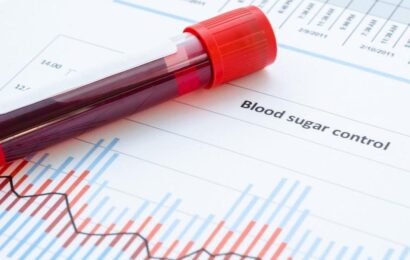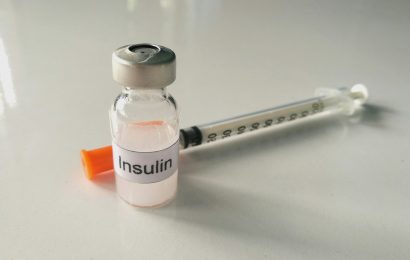Last week, in “Managing Diabetes and Celiac Disease (Part 1),” we started to take a look at celiac disease: what it is, how many people have it, and common symptoms. This week, we’ll look at how celiac is diagnosed and how it’s treated.
Diagnosis of Celiac Disease
Celiac disease is diagnosed in a very specific manner. For a person to be diagnosed with this condition, at least three factors need to be in place.
First, a person must have either the HLA DQ2 or HLA DQ8 gene (don’t worry; this won’t turn into a genetics lesson!). This means that a person is genetically predisposed to getting celiac. Eating gluten-containing foods doesn’t cause celiac.
Second, as with most autoimmune diseases, including Type 1 diabetes, something needs to “trigger” the onset of celiac, such as an illness or infection, stress, surgery, puberty, pregnancy, etc.
And third, you must have been exposed to gluten in some form (which is pretty easy to do, given the number of foods that contain gluten).
According to the Gluten Intolerance Group, diagnosis of celiac starts with a blood test, which looks for high levels of certain kinds of antibodies. Blood tests don’t confirm the diagnosis, however; the “gold standard” for diagnosis is a biopsy of the villi of the small intestine. A physician will do this by inserting a narrow, flexible tube down your throat into your small intestine, where a piece of the intestinal tissue is taken. If the biopsy indicates that you have flattened villi, in all likelihood, you have celiac. The final step in the diagnostic process is to go on a gluten-free diet for a period of time. If your symptoms improve, then it’s highly probable that you have celiac.
It’s important that people who suspect (or in whom their physician suspects) they might have celiac disease not go on a gluten-free diet before they are diagnosed. Otherwise, the biopsy may come out negative, and the person won’t truly know if they have celiac or not.
Also, because celiac can run in the family, first-degree relatives (parents, siblings, or children) of the diagnosed person may also wish to be tested. About 5% to 15% of a person’s first-degree relatives will have celiac.
Treatment
Treating celiac is pretty easy, yet can be awfully hard at the same time. At this point in time, the only treatment for celiac disease is to follow a gluten-free diet. A gluten-free diet must be followed for life. Gluten is a kind of protein found in wheat (including spelt, triticale, and Kamut), barley, and rye, and is what causes damage to the small intestine. This means that the obvious grain foods, such as bread, pizza crust, cereal, crackers, and pasta, for example, must be completely eliminated from the diet. On the positive side, though, there are many products that can be included in the diet, such as:
- Rice
- Quinoa
- Amaranth
- Potato
- Buckwheat
- Corn
- Soy
- Bean flours
- Oats (with caution; if you do choose to eat oats, look for oats that are specifically labeled “gluten-free” as they can sometimes be cross-contaminated)
This means that people with celiac disease can still eat bread, cereal, pasta, and crackers—as long as they’re made with gluten-free ingredients such as those listed above.
Many grocery stores and natural food stores now sell gluten-free products, along with gluten-free flours, such as rice flour, so that you can bake your own bread and pizza crust, for example. Of course, you can still eat fruits, vegetables, lean protein foods, and healthy fats, such as olive oil. Dairy foods are okay too, although you may have a temporary lactose intolerance due to flattened villi (which usually resolves once the villi heal).
Most people with celiac will say that the hardest part about the diet isn’t giving up regular bread or pasta; instead, it’s knowing what’s in the food that they eat. The tricky part about a gluten-free diet is that many processed and packaged foods contain additives and other ingredients that contain gluten. Wheat and wheat products are often used as thickeners and stabilizers. Other foods may contain modified food starch that contains gluten. One must become an astute label-reader and become very familiar with acceptable ingredients. Even a tiny amount of gluten is enough to cause damage to the intestine in people with celiac.




